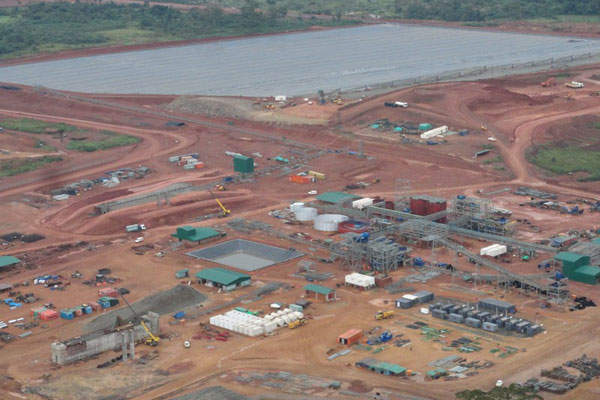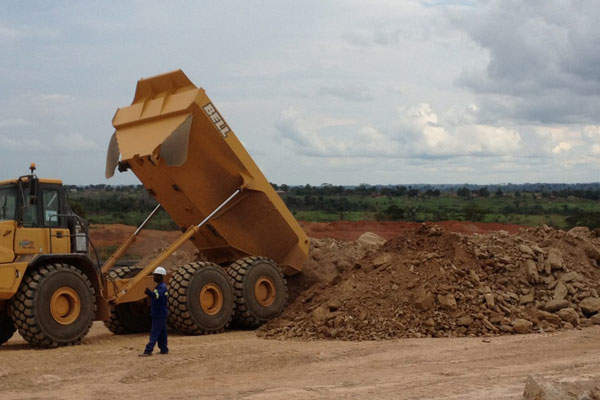Namoya open-pit gold mine is located in the Maniema Province of the Democratic Republic of the Congo. The mine is situated at the southwestern end of the 210km-long Twangiza-Namoya gold belt and owned by Banro Corporation (Banro).
First gold from the Namoya mine was poured in December 2013, while commercial production began in January 2016. The mine is expected to produce 122,000oz of gold for the first five years of production.
The project involved a capital expenditure of more than $170m and will increase Banro’s gold production to approximately 225,000oz to 240,000oz per annum, when fully operational.
Namoya gold mine geology and mineralisation
The Namoya project is one of the four gold properties of Banro in the South Kivu and Maniema Provinces. The exploration permit for the mine covers 174km² and is divided into four main deposits namely Mt. Mwendamboko, Muviringu, Kakula and Namoya Summit. Auriferous vein system is prominently found at the surface of the deposits.
Most of the mineralisation is contained in fine-grained sericite schists. It is structurally controlled by a northwest-southeast trending shear zone, which contains quartz, calcite, chlorite, and albite.
Reserves
The proven and probable reserves at Namoya are estimated to be 20.53 million tonnes (Mt) graded at 1.92g/t Au containing 1.27 million ounces (Moz) of gold. The inferred mineral resources are estimated to be 6.35Mt grading at 1.63g/t Au containing 330,000oz of gold.
The measured and indicated resources are estimated to be 28.73Mt grading at 1.88g/t Au containing 1.74Moz of gold.
Mining and processing at Namoya open-pit mine
Mining at Namoya commenced with the pit development of Seketi and Mwendamboko deposits. Oxides and transitional ores are stockpiled and graded based on the ore quality. The ore processing is done using hybrid carbon-in-leach (CIL)/gravity and heap leach methods for easily leachable oxide and transitional ores, while a milling/carbon-in-leach (CIL) plant was installed in the second phase to treat fresh rock.
Full commissioning of the processing plant was achieved in January 2016.
Construction and infrastructure
Construction of the Namoya oxide project started in the fourth quarter of 2012. The major installations included the primary crusher, the conveyor belt, the primary product stockpile and the crushed product stockpile.
Diesel generators are used to produce the power required for mining operations.
A 420km road to Namoya from Uvira was rehabilitated to serve as the main access road. Approximately 220km of the N5 roadway was also reconstructed to provide access to the mine site. A 200km-long spur road linking Fizxi and Namoya was additionally constructed under the project.
Contractors involved with the Namoya gold project
MDM Engineering was awarded the engineering, procurement and construction management (EPCM) contract for the project.
SENET Engineering, Cardiff, Knight Piésold, SGS Lakefield and SRK Consulting were engaged to prepare the preliminary economic assessment report for the project.






